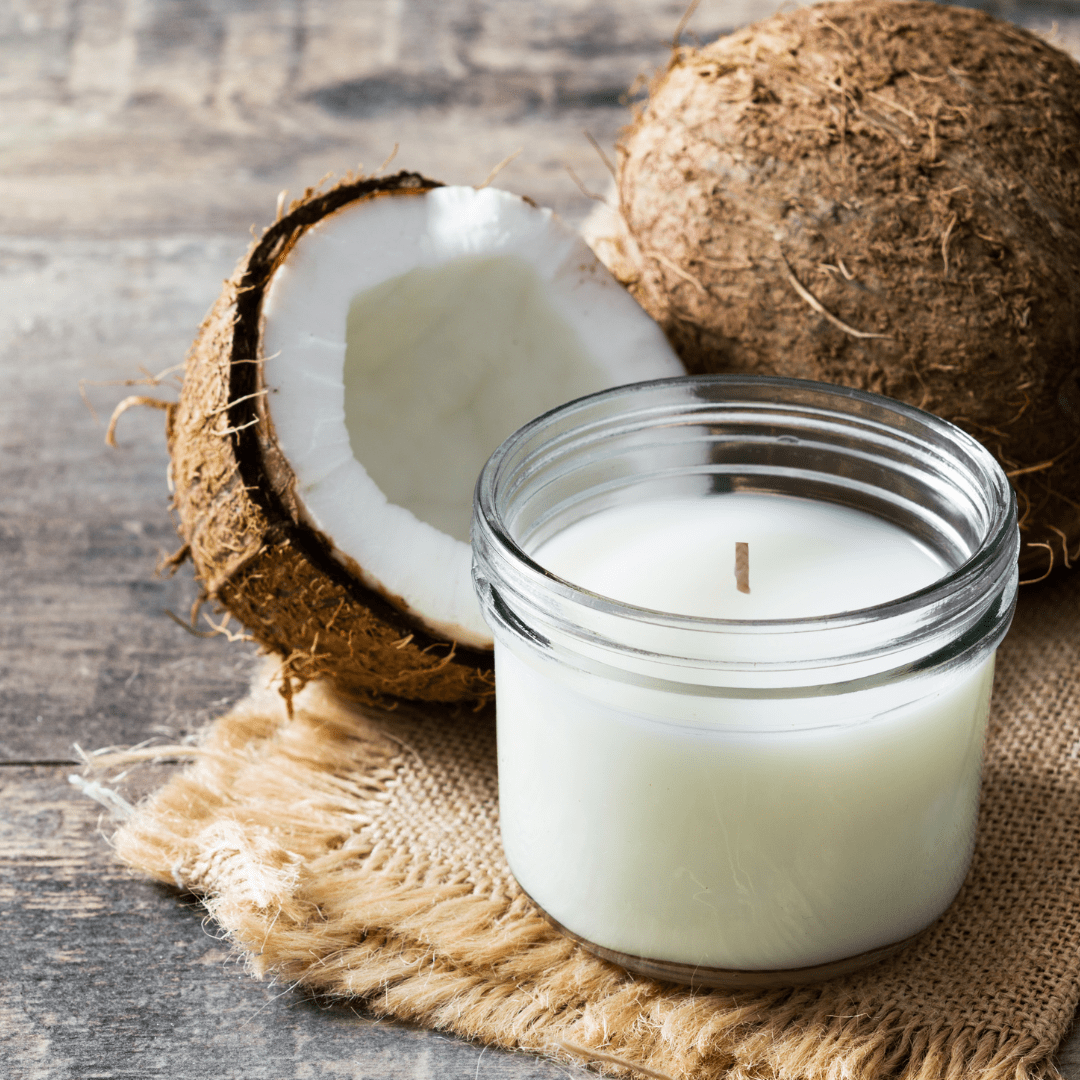Encounter the Tranquility of Crystal Soy Candles and Home Fragrance
From Wick to Wax: Comprehending the Chemistry Behind Soy Wax Candles and Their Ecological Effect
As we brighten our areas with the warm radiance of candle lights, there lies a world of detailed chemistry behind the seemingly simple act of lighting a soy wax candle light. The choice between soy and paraffin wax extends beyond mere aesthetics, delving into the realm of environmental effect and the really make-up of the materials. Comprehending the molecular structure of soy wax and its combustion process clarifies the discharges released right into our surroundings. Join us as we unravel the scientific details behind soy wax candles and explore their effects on our environment.
Soy Wax Vs. Paraffin Wax
When comparing soy wax and paraffin wax for candle making, it is important to understand the distinct characteristics and benefits of each product. Soy wax is a natural, renewable source stemmed from soybean oil, making it naturally degradable and green - candles. On the other hand, paraffin wax is a result of oil refining, which increases worries concerning its environmental influence and sustainability
Soy wax candle lights melt cleaner and discharge much less soot compared to paraffin wax candles, making them a healthier choice for interior air top quality. In addition, soy wax has a reduced melting factor, permitting for a longer-lasting candle light that spreads scent better. Paraffin wax, on the other hand, tends to burn faster and less easily, possibly releasing damaging chemicals into the air.
From a sustainability point of view, soy wax is favored for its biodegradability and renewable sourcing, aligning with the expanding customer preference for environmentally aware products. While paraffin wax has actually been a typical selection in candle light making due to its price and simplicity of use, the change in the direction of green options like soy wax is acquiring energy in the industry.
Chemical Structure of Soy Wax

Burning Refine in Soy Candles
The chemical structure of soy wax straight influences the combustion procedure in soy candle lights, impacting aspects such as shed time, scent release, and ecological influence. When a soy candle is lit, the heat from the fire melts the wax near the wick. This liquid wax is after that formulated the wick as a result of capillary action. As the fluid wax gets to the flame, it evaporates and goes through burning. The combustion websites procedure involves the vaporized hydrocarbons in the wax responding with oxygen airborne to generate warm, light, water vapor, and carbon dioxide.
The combustion efficiency of soy candle lights is influenced by the pureness of the soy wax and the high quality of the wick. A clean-burning soy candle light with a properly like this sized wick will generate a constant flame and decrease residue formation. This not just extends the shed time of the candle light however also improves the release of fragrances. In addition, soy wax candles have a reduced ecological effect contrasted to paraffin candles because of their naturally degradable and renewable nature.

Ecological Advantages of Soy Wax

Considered a sustainable choice to typical paraffin wax, soy wax offers noteworthy ecological benefits that make it a popular choice among eco-conscious consumers. Soy wax burns cleaner and creates less residue than paraffin wax, adding to much better interior air high quality and decreasing the demand for cleaning and upkeep. Generally, the environmental benefits of soy wax align with the expanding demand for environment-friendly and lasting products in the market.
Recycling and Disposal Factors To Consider
Recycling and appropriate disposal of soy wax candle lights play an essential role in keeping ecological sustainability and reducing waste in neighborhoods and homes. When it pertains to recycling soy wax candles, the initial step is to ensure that the candle has actually burned completely. This can be attained by permitting the candle light to melt up until the wick is no more useful, and afterwards allowing the staying wax cool and solidify. Once the wax has actually strengthened, it look at this web-site can be meticulously eliminated from the container.

In regards to disposal, if recycling is not an alternative, soy wax candles are biodegradable and can be securely gotten rid of in most home waste systems. Nonetheless, it is always suggested to talk to regional recycling facilities or waste management services for particular guidelines on candle disposal to guarantee correct handling and environmental management.
Final Thought
In verdict, the chemistry behind soy wax candles discloses their ecological benefits over paraffin wax candles. Soy wax, obtained from soybean oil, burns cleaner and produces much less residue when contrasted to paraffin wax.
When contrasting soy wax and paraffin wax for candle making, it is essential to understand the unique characteristics and advantages of each material (candles).Soy wax candle lights burn cleaner and give off less soot compared to paraffin wax candles, making them a healthier choice for indoor air quality.Thought about a sustainable option to conventional paraffin wax, soy wax uses remarkable ecological benefits that make it a popular choice amongst eco-conscious customers. Soy wax burns cleaner and produces less residue than paraffin wax, contributing to much better indoor air top quality and lowering the demand for cleaning and upkeep.In verdict, the chemistry behind soy wax candles exposes their environmental benefits over paraffin wax candle lights